Camprodon Travel Guide
Although it’s a small town in Catalonia, Spain, it’s still one of the most renowned tourism destinations here. Nevertheless, Camprodon is a beautiful place to visit and is located in the comarca of Ripollès near the French border. Furthermore, here you will get to explore the breathtaking attractions of the Valley, including the iconic buildings and mountain regions, etc.

Interestingly, this small yet astonishing town offers all types of mountain activities, even skiing during the winter season. Besides, it is one big picturesque site, where you can capture spectacular natural settings, along with ancient churches, a 12th-century bridge and little historical centers. So, take a good read of this tour guide and learn in-depth stories of this town.
Population
The town has an estimated population of 2,433 as per National Institute of Statistics. It is stretched over to an area of 101.8 km, connecting it with other districts of Catalonia. According to statistical research in Spain, there has been an initial hike in the city’s population as compared to the past years. Although the population cycle of the city might be on a low gear, the GDP is rising year by year.
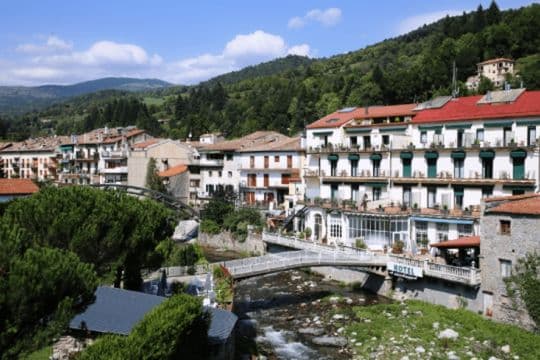
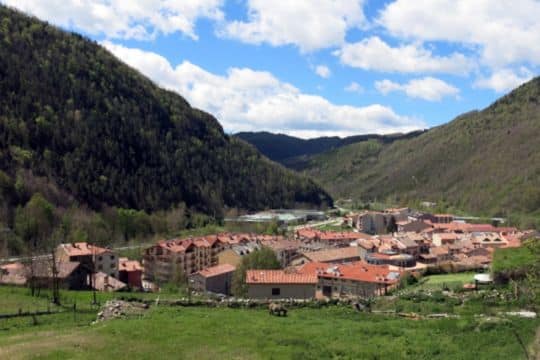
Geography
The beautiful town is a considerable area encompassed by mountains and colorful buildings in the north-east region of Catalonia in Spain. Moreover, it is separated from France by a natural pass and featured by scattered towns. Its municipality area offers great panoramic views of the mountains, small picturesque villages such as Beget or Rocabruna, Romanesque temples, the church of Santa Maria and Modernista summer houses.
History
The foundation of this city began in 1118, when Ramon Berenguer III allowed the establishment of a market near Sant Pere. You can witness this ancient marketplace in the present-day town as well. In 1252, it was granted the title of royal city and left the jurisdiction of the abbot of Sant Pere.
The epicenter of the Catalan earthquake occurred in 1428, which killed hundreds of people was near this town. Statistics revealed that the earthquake was related to the active Amer-Brugent fault system, which lies to the south-east region.
Years after Spanish wars and enslavement, independence was finally achieved in the 19th century. Thereafter, the actual development of the town started and turned out to be the breathtaking tourism paradise it is today.
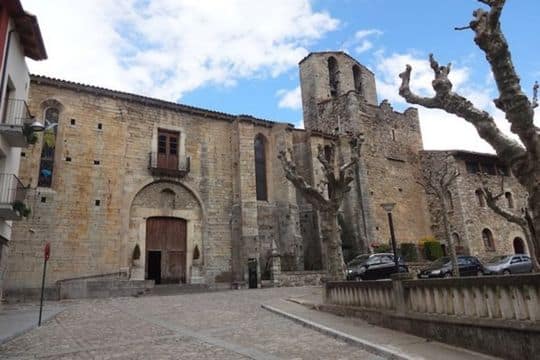
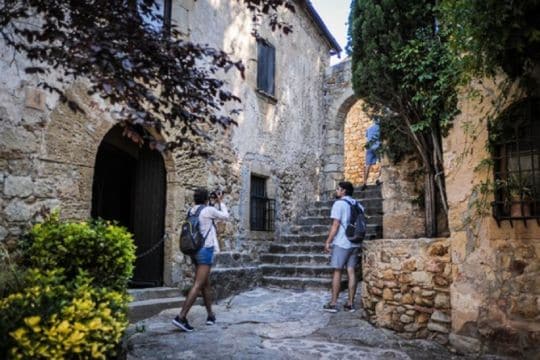
Religion
Fortunately, the religion of this town is diversified. Earlier the entire population was Christian, specifically Catholic. However, since the 1980s there has been a trend of decline in this religion. Nevertheless, according to the most recent religion study in the town, 61.9% of the residents identify as Christians, of whom 58.0% Catholics. At the same time, 16.0% of the population identify as atheists, 11.9% as agnostics, 4.8% as Muslims, 1.3% as Buddhists, and a further 2.4% as being of other religions.
Culture
The culture of this state has developed its own unique and universal identity over the centuries. The innovative flair and capacity to absorb different influences, co-existence, and diversified values has shaped a culture that is both national and cosmopolitan. Surprisingly, such an assorted culture of this town has influenced other Spanish towns too.
Language
Being a Catalonian city the most spoken language here is Catalan. In addition, 93.8% of the citizens of the region understand Catalan. Hence, it has become the official language along with Spanish and Aranese. It is the only official language in Andorra and its use extends to the south of France and the city of Alghero, Sardinia. As a result, it is said that there are a total of nine million people that speak Catalan and 11 million that understand it. Furthermore, it is listed ahead of 14 official languages in the European Union and is the ninth most spoken language.
Currency
The official currency accepted here is the Euro (€).
Governance
The Government of Catalonia, is the institutional system under which Camprodon Valley politically operates. It is formed by the following members: Parliament of Catalonia, the Presidency of the Generalitat de Catalunya, and the Executive Council of Catalonia.
The succession of presidents of the Generalitat was maintained in exile from 1939 to 1977, when Josep Tarradellas returned to the city and was recognized as the legitimate president by the Spanish government. Furthermore, after a number of attempts to invest in a new President, Pere Aragonès was elected the 132nd president of the Generalitat On 22 May 2021.
Climate
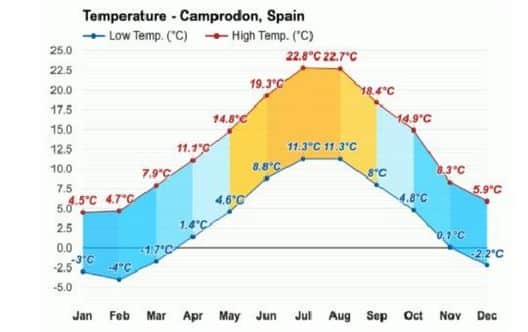
The climate of the city is classified as warm and temperate. Additionally, the summers are short, comfortable, dry, and mostly clear, whereas the winters are long, very cold, snowy, and partly cloudy. Over the course of the year, the temperature typically varies from -3°C to 25°C and is rarely below -7°C or above 28°C.
Furthermore, Summer starts here at the end of June and ends in September. The month with the highest relative humidity is October (76.68 %). The month with the lowest relative humidity is March (69.71 %). May has the highest number of rainy days (15 days), whereas December has the lowest number of rainy days (7 days).
When to Go
If you’re planning a vacation in this city, then the first thing you need to think about is the best time to visit. On that note, the perfect months to take a trip here are from late June to late August. Based on the tourism score, these months experience less rain and are more suitable for adventurous activities such as hiking, rock climbing, etc. as well.
Travel
All persons entering Spain through land, sea or air need to present at least one document to the border police. What document(s) you will need to carry with you when you travel to Spain, all depends on your nationality.
If you are a traveler from one of the EU/EAA countries, all you need to carry with you is a valid personal identity card or passport.
However, if you are a non-EU/EEA traveler, you will need to present several documents to the border police when you show up at the Spanish port of entry. The required documents are as follows:
- A valid passport or travel document. Valid for at least three more months beyond your planned date of exit and issued within the last 10 years.
- A visa – if you are subject to the Spanish visa regime.
- Proof of accommodation. A document that shows where you will be staying during your time in Spain.
- A return or round-trip ticket. Or proof of onward travel, if you do not plan to return to your home country upon the end of your stay in Spain.
- Documents proving your purpose of entry.
Depending upon your purpose to visit Spain, there are different kinds of visa categories available. However, the most popular categories are for either business or tourism. Hence, you can opt for one of the following:
- Spanish Tourist Visa – for those wishing to visit Spain for holidays or sightseeing.
- Spanish Visitor Visa – for travelers who want to visit friends or family members residing in Spain.
- Spanish Business Visa – for business people who need to attend business-related activities in Spain.
The ID and Documentation requirements to visit Spain varies from country to country. Furthermore, it also depends on your nationality, health status, criminal record, and purpose of the visit. The ID and documents required to enter the territory of the country are:
- Spanish visa application form. Fill out the form, print it, then sign it at the end, and present it at the airport when asked.
- Two passport photos. The photos should be of passport format – a recent whole-face capture with a light background.
- Your valid passport. Make sure your passport meets the following criteria:
- It has two blank pages in order to affix visa,
- It is not older than 10 years,
- It has a validity of at least three more months beyond the date you plan to leave Spain and the whole territory of Schengen.
- Copies of:
- all the pages of the travel passport.
- your previous visas.
- other valid or expired travel passports.
- all the pages of other valid or expired travel passports.
- Spain Travel Health Insurance. Prior to your visa application, you should obtain travel health insurance for the whole territory of Spain and all the other Spanish states. Your insurance must cover medical emergencies with a minimum of
€ 30,000, including repatriation in case of death.
Before traveling to Spain you should prepare the necessary information needed for mandatory security checks to prevent delays at the Airport. To learn more about the security and customs guidelines while traveling here, you can check out the official customs regulation website and acknowledge the items you’d have to pay custom duty for.
Moreover, the prohibited items as per the Spanish Federal Law are:
- Alcoholic beverages over 70% by volume
- Batteries
- Cutting instruments
- Defense sprays
- Electronic cigarettes like vapor or e-cigarettes
- Explosives
- Firearms and ammunition
- Flammable items, liquids or solids
- Gasoline powered tools
- Baseball bats, paddles, skateboards, and billiard cues
- Fishing rods and martial arts equipment.
- Hoverboards
- Liquids in containers over 100 ml and a total exceeding 1 L.
- Mobility Devices
- Lighters and Matches
- Pressurized containers/compressed gasses
- Self-heating meals
- Self-inflating life jackets
- Scissors and tools
- Smart bags
The major airport in the city is Girona-Costa Brava International Airport (GRO) which connects the city with all major destinations. It is located in the city of Girona, and is 35 miles away from the town.
Girona Airport is the most significant airport in the city and for all other neighboring towns including Camprodon. It’s also used as an alternative for Barcelona’s airport during emergencies. Providing various domestic as well as international destinations, it serves 1,932,255 on an annual basis.
Also, if you’re looking for an accommodation nearby you must pre-book for a hassle free experience. Fortunately, there are several hotels available near the airport, which offer easy airport pick-up and drop-off.
Girona-Costa Brava International Airport Customer Support Number (24*7)
+34 913 21 10 00
Custom and Immigration
Location: Aiguaviva, s/n, 17185 Vilobí d’Onyar, Girona, Spain
Contact Info: +1-800-345-6541
Emergency and Medical Assistance
Dial 112 from a courtesy phone, a payphone or cell phone in an emergency. For medical emergencies, professional medical assistance is available 24×7 at the airport.
Lost and Found
Contact Girona-Costa Brava International Airport TSA Lost & Found at +34 972 186 787.
The most popular airlines flying to and from Girona Airport are- Brussels Airlines, Enter Air, Jet2, LOT Polish Airlines, Ryanair, Smartwings, Transavia, TUI Airways, TUI Fly Belgium, etc.
If you’re wondering how to travel around here, then there are a lot of options you can choose from.
- Bus
Offering 10 bus routes in the city, riding a bus is the most convenient mode of transport for travelers here. Besides, the routes covered by buses are beyond the parameters of a taxi and are comparatively cheaper. You can also take a bus ride to further reach the surrounding regions and the rest of Catalonia. - Taxi
If you’re planning to hail a taxi in the city, then you can easily find one at the railway station, the bus station, city center in Plaça Independència, and Carrer Joan Maragall. The fare is usually €10 minimum for taxis leaving the airport, and the average cost for the 12-mile ride downtown is €10 to €15. - Cab Service
Although the taxi service isn’t widespread here as compared to local buses, the cab service is available across the town. There are several cab service providers available in the town, you can choose from. You can simply book a cab from their mobile app and wait for the driver to pick you up.
Accommodation
With remarkable hotels and affordable B&Bs, this city has a variety of accommodations you can consider for your staycation. Check out the following hotels, where you can stay during your trip.
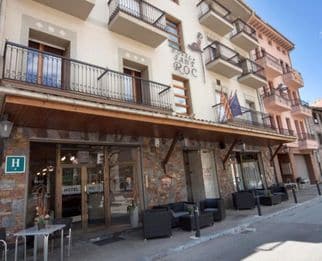
Hotel Sant Roc
Location: Plaça del Carme, 4, 17867 Camprodon, Spain
Contact: +34 972 61 42 50
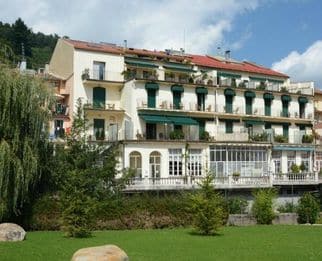
Hotel de Camprodon
Location: Plaça del Dr. Robert, 3, 17867 Camprodon, Spain
Contact: +34 972 74 00 13
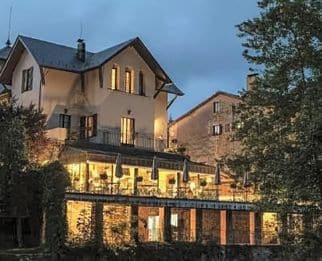
Hotel Mas de Xaxas
Location: Carrer Freixenet, 30, 17867 Camprodon, Spain
Contact: +34 972 75 44 66
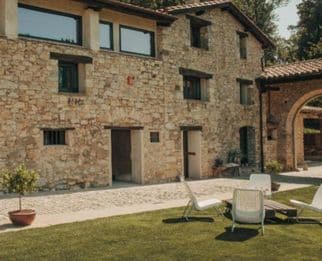
Hotel Boutique El Mariner
Location: Mas El Mariner, 17867 Camprodon, Spain
Contact: +34 972 74 70 12
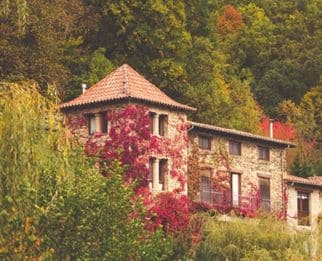
Casa Etxalde
Location: Can Pujol de Rocabruna s/n, 17867, Camprodon, Spain
Contact: +34 972 13 03 17
Services
When in Catalonia, call 112 in case of any emergency. In addition, the Emergency Medical Services Department of Camprodon offers medical assistance to all the residents and tourists visiting here. Furthermore, below are the contact numbers of emergency services.
Campdevanol Hospital
- Address: Carr. Gombren, 20, 17530 Campdevànol, Spain
- Contact: +34 972 73 00 13
Cerdagne Hospital
- Address: Camí d’Ur, 31, 17520 Puigcerdà, Girona, Spain
- Contact: +34 972 65 77 77
Pharmacy Pujol Suriñach, Martí
- Address: Carrer València, 44, 17867 Camprodon, Spain
- Contact:+34 972 74 03 92
- Timing: 9 a.m.- 1 p.m. and 4:30 p.m. – 8 p.m. (Monday- Saturday)
All the tourists traveling to Spain are required to get their insurance coverage before departing from their home country. From medical to travel insurance, visitors should ensure they are completely insured.
Why is insurance necessary?
Travel insurance is necessary for unexpected losses or expenses such as missing flights, losing luggage, stolen cash, and missing passport.
Gas, Electric, Phones, Cable TV service
Contact: +34 972 74 13 49
Fire Department
Contact: +34 972 13 01 36
Etiquette
- Dress Code
Despite being a small town, it always goes for open-mindedness when it comes to clothes and design. Moreover, there is a whole variety of different clothes and styles worn here without any criticism. However it is fair to say that modesty is generally valued here and Catalans tend to dress conservatively. - Drinking
Drinking alcohol in the city is completely allowed as long as you’re above 18 years of age. Drinking publicly in Spain is entirely prohibited; however, you can still have a mug of beer or so at cafes and bars. According to Spanish law, selling or serving alcohol to minors under the age of 18 will be fined with a minimum penalty of € 30,000 and a maximum penalty of € 600,000. - Tipping
Tipping culture in Spain does exist, but isn’t a legal requirement. You definitely won’t insult anyone for not leaving a tip. However, if you decide to leave one, you still won’t insult them either for showing some gratitude. - Photography
You are allowed to take photographs and videos in public places, unless it is for criminal purposes. There will be places where you have access as a member of the public, but will have to ask permission or may be prevented altogether. Besides, there are tons of spots in the city itself, where you can click pictures and cherish the moments.
Neighborhood
It’s a small town in Catalonia and yet holds a bunch of neighborhoods you can check out during your next trip. That said, the city has ten major neighborhoods listed below. So, let’s have a look at each of these boroughs, which is also considered as one of the best things to do here.
- Rocabruna
Rocabruna is a small village with few inhabitants, and reflects the Romanesque style that characterizes its buildings. In addition, the village is centered around the parish church of Sant Feliu, an exceptional example of Romanesque architecture restored in 1929. Rocabruna is also famous for its ancient castle, the ruins of which still remain. - Beget
Travel back into the past as you wander the streets of Beget, a small village near Camprodon Valley. In addition, its rural charm and majestic Romanesque-style architecture make it an ideal place to unwind and soak in the beauty of the mountain landscape, as you listen to the water bubbling in the rivers that flow through it. - Freixenet
Freixenet is another popular neighborhood of the city and is headquartered in Sant Sadurní d’Anoia, Catalonia. Moreover, it is the largest producer of traditional sparkling wine worldwide and the largest exporter of Cava. Earlier it was an independent village; however, in 1965 it became one of the centers that make up the municipality of the city. - Cavallera
Nestled high in the mountains and surrounded by green meadows and nature, it is presided over by the Valley’s highest peak, the Taga. The hermitages of Sant Martí d’Ogassa and Sant Martí de Surroca founded here offer a perfect glimpse of the history of this town. With only thirty inhabitants, the village is made up of a smattering of houses and farmhouses distributed along the Camí de Cavallera road. - Salarça
Salarça is a neighborhood and has been a municipality of Camprodon since 1969. It consists of a collection of farmhouses set on a plain around the Salarsa river, and also includes a guest house and a small riding center. In addition, it offers visitors the chance to enjoy a variety of interesting hiking routes. - Colonia Estabanell
Colònia Estabanell is located between the bridge that leads to the valley campsite, in the south, and the La Farga hydroelectric power station, in the north. Moreover, it is an old textile company town in the city. It is the first of its kind constructed on the banks of the river Ter. - Bolos
The neighborhood of Bolòs, with approximately twenty inhabitants, is a small village of the city. Interestingly, it features the Romanesque church of Santa Maria de Bolòs, located on a small embankment overlooking the Bolòs stream. Further, it is situated in a hollow nestled between the Serra del Nevà mountain range to the north, the Puig Dot to the west, the Puig Ou to the south and the Salarça plain to the east. - Bestraca
Bestracà is situated on the road from Beget to Oix. In addition, the Masia del Pairé, the Puig de Bestracà, the Hermitage of Sant Andreu, the remains of the Bestraca castle and Hermitage of Sant Julià, are some of the significant historical highlights here. - Font Rubi
It is a major municipality region in the comarca of Alt Penedès, Catalonia, Spain. In addition, its capital is the village of Guardiola de Font-rubí. As the name of this village suggests, fountains and vineyards are vital characteristics of this town, which has capably tamed the land and obtained from it one of its tastiest fruits: grapes. - Creixenturri
Downstream from the town and on the left bank of the Ter, you will find this village. In the area, you will find the ruins of Creixenturri Castle, built in the 13th century and destroyed in 1554. The Romanesque image of this village was transferred to the parish church in 1557, which subsequently became the Remei Sanctuary sometime in the eighteenth century.
Museums and Culture Tour
Dali- Theater Museum
The Catalonia Toy Museum
Girona Art Museum
Isaac Albeniz Museum
Camprodon Sightseeing
Besalu Bridge
Garrell Park
Holy Sepulcher of Palera
Mollo Park
Camprodon Food and Wine Tour
If you’re thinking about where to eat in Camprodon, then here comes a list of all the eateries you can have a delicious bite in. Additionally, the city boasts plenty of fancy as well as casual restaurants, which oftenly attract tourists visiting here.
With a decent amount of fine dinings, this foodie town pays considerable respect to culinary traditions of Spain. The creative chefs here are gifted with a talent to sprinkle flavors of the Spanish culture in each dish they prepare. So, let’s explore the list of top-rated delectable restaurants this city has to offer.
High End Dining
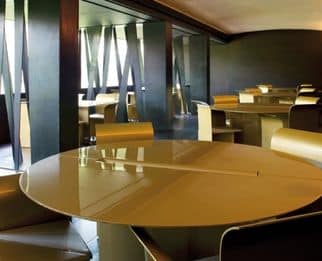
Restaurant Les Cols
Address: Carretera de la Canya, 106, 17800 Olot, Camprodon Spain
Contact: +34 972 26 92 09

El Cellar de Can Roca
Address: Carrer de Can Sunyer, 48, 17007, Camprodon Spain
Contact: +34 972 22 21 57
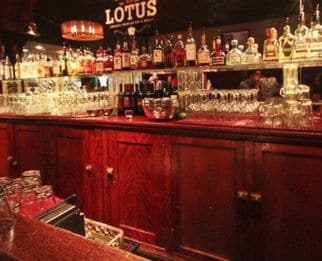
Restaurante Loto
Address: Carrer del Call, 17, 08002, Camprodon, Spain
Contact: +34 935 31 82 78
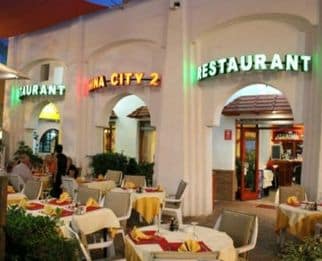
Restaurante China City
Address: Carrer d’Aribau, 165, 08036, Camprodon, Spain
Contact: +34 934 05 19 94
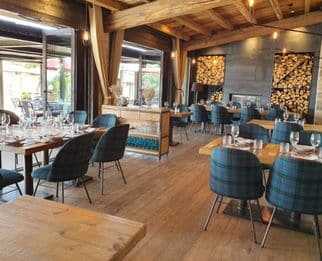
Mitic Restaurant
Address: Urbanizacion Font Rubi, 17867 Camprodon, Spain
Contact: +34 972 74 00 23
Casual Dining
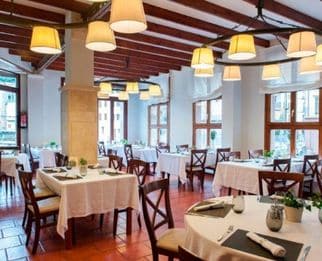
Restaurant El Pont 9
Address: Camí de la Cerdanya, 1, 17867 Camprodon, Girona, Spain
Contact: +34 972 74 05 21
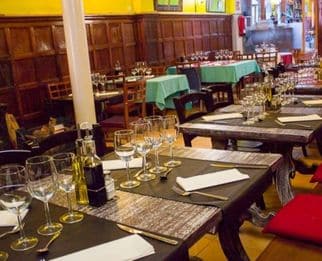
Restaurant Zas Nuria
Address: Plaça de la Vila, 11, 17867 Camprodon, Girona, Spain
Contact: +34 972 74 07 31
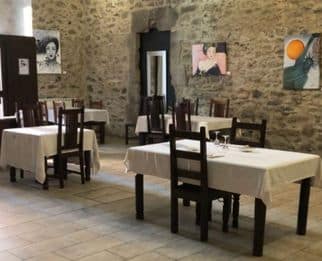
Cal Marques
Address: Carrer Catalunya, 11, 17867 Camprodon, Girona, Spain
Contact: +34 972 74 02 34
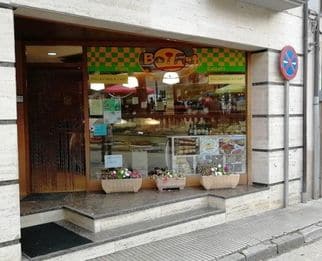
Bo i Fet
Address: Plaça de Santa Maria, 17867 Camprodon, Girona, Spain
Contact: +34 972 74 13 82
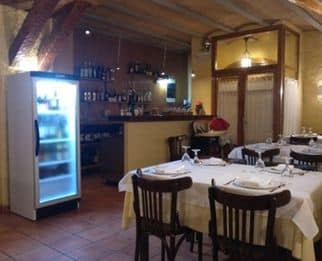
Restaurant El Costabona
Address: Plaça Major, 12, 17868 Molló, Camprodon, Spain
Contact: +34 972 13 03 63
Bars & Lounges
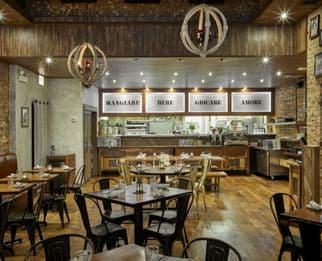
Can Danes
Address: Carrer de Camprodon, 3, 17813 L’Hostalnou de Bianya, Girona, Spain
Contact: +34 972 29 09 98
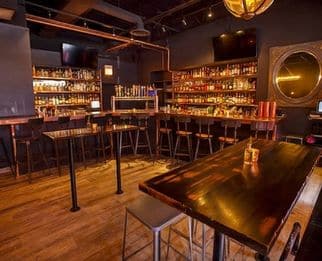
Pub 2000
Address: Carrer València, 21, 17867 Camprodon, Spain
Contact: +34 606 91 84 93
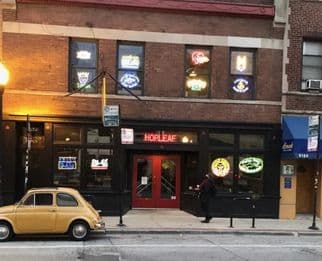
Taverna EL Caliu
Address: Plaça de la Vila, 4, 17867 Camprodon, Spain
Contact: +34 972 74 06 36
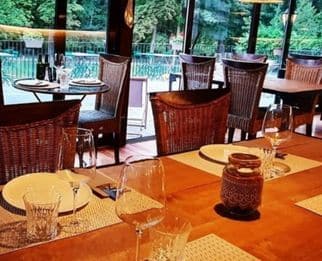
The Fabula
Address: Carrer Freixenet, 30, 17867 Camprodon, Spain
Contact: +34 972 75 44 66
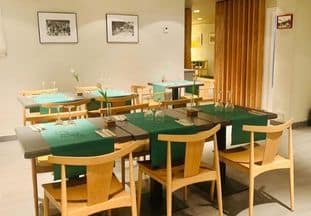
El Raco del Bac
Address: Carrer del Bac de Sant Pere, 1, 17867 Camprodon, Girona, Spain
Contact: +34 972 74 07 01
Spas & Wellness Resorts
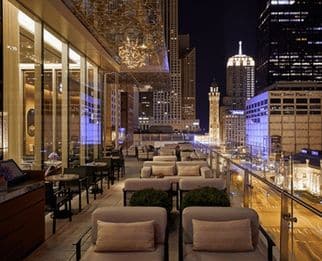
Natura Equilibrium Massage
Address: Plaça del Marquès de Camps, 16, 1r 1a, 17002 Camprodon, Spain
Contact: +34 639 89 00 84
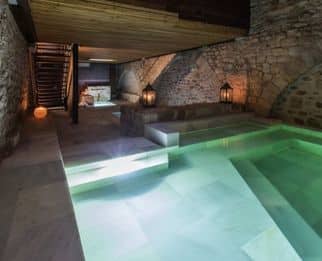
Aqva Gerunda
Address: Carrer del Riu Galligants, 5, 17007 Camprodon, Spain
Contact: +34 972 66 48 24
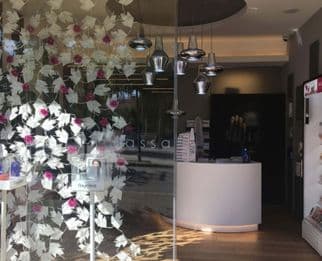
Thalassa Estetica
Address: Avinguda de Lluís Pericot, 20 – 22, local2, 17003 Camprodon, Spain
Contact: +34 972 41 08 14
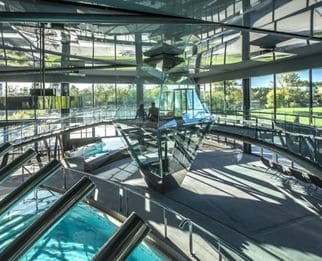
Magma Spa
Address: Veïnat de Vall, S/N, 17430 Santa Coloma de Farners, Girona, Spain
Contact: +34 972 84 35 35
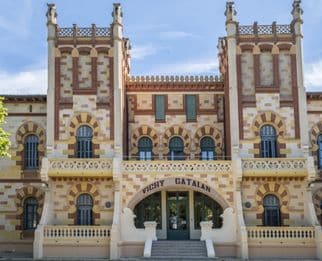
Balneario Vichy Catalan
Address: Av. Dr. Furest, 32, 17455 Caldes de Malavella, Girona, Spain
Contact: +34 972 47 00 00